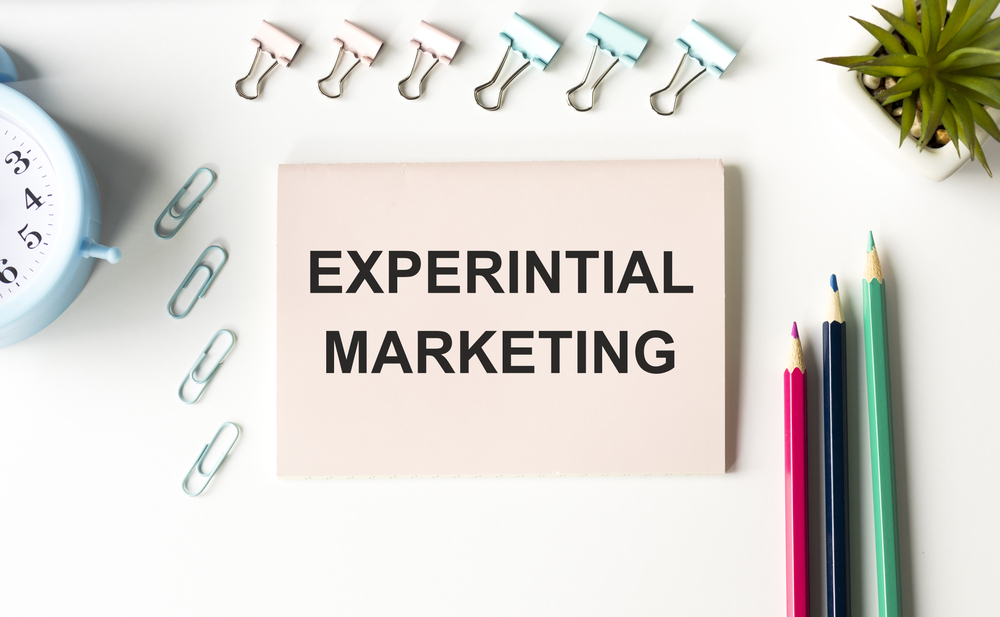It’s frustrating when your new website doesn’t appear on Google, leaving you feeling invisible online. This is a common and fixable problem. The solution is to understand how search engines rank websites.
Common Reasons for Low Visibility
Search engine optimization (SEO) is a complex field, but many visibility issues stem from a few core problems, and it may be the reason why your site isn’t on Google. By addressing these foundational elements, you can significantly improve your chances of ranking higher.
Lack of Keyword Optimization
Search engines like Google use keywords to understand what your content is about and match it with user queries. If your website doesn’t use the words and phrases your potential customers are searching for, it’s unlikely to appear in their results. Effective SEO starts with understanding your audience and the language they use. Simply creating great content isn’t enough; it needs to be optimized with relevant keywords to be discoverable.
Your Website Isn’t Mobile-Friendly
More than half of all web traffic now comes from mobile devices. Because of this, your site isn’t on Google. It uses mobile-friendliness as a significant ranking factor. If your website is difficult to navigate on a smartphone or tablet—requiring users to pinch and zoom to read text—it provides a poor user experience. Consequently, search engines will favor your competitors who offer a seamless, responsive design that works across all devices.
Slow Loading Speed
Website speed is another critical factor for both user experience and search rankings, and it may be the reason why your site isn’t on Google. Modern internet users are impatient; studies show that even a one-second delay in page load time can lead to a significant drop in conversions. Search engines recognize this and prioritize faster websites. A slow-loading site not only frustrates visitors but also signals to Google that it may not be a high-quality result, pushing it further down the search results page.
Few or Low-Quality Backlinks
Backlinks are links from other websites that point to your site. Search engines view them as votes of confidence. When a reputable, high-authority website links to your content, it tells Google that your site is a credible and valuable resource. A website with very few backlinks, or links from spammy, low-quality sites, will struggle to build the authority needed to rank for competitive keywords. Quality over quantity is the guiding principle here.
Actionable Steps to Improve Visibility
Now that you understand the common pitfalls, it’s time to take action. These steps will help you address the issues holding your website back and set you on the path to better search rankings.
Conduct Keyword Research
The first step is to find out what your target audience is searching for. This process is called keyword research.
-
Brainstorm Topics:
Start by listing the main topics related to your business. If you’re a plumber in Salt Lake City, your topics might include “emergency plumbing,” “drain cleaning,” and “water heater repair.”
-
Use Keyword Research Tools:
Tools can help you expand your list and find related keywords. These tools provide data on search volume (how many people search for a term) and competition (how difficult it is to rank for it).
-
Identify Long-Tail Keywords:
In addition to broad terms, look for long-tail keywords. These are longer, more specific phrases like “best emergency plumber for burst pipes in Utah.” They often have lower search volume but higher conversion rates because they target users with a specific need. For local businesses, incorporating location-specific keywords, such as those used for local SEO in Utah, can be particularly effective.
Optimize Your Content
Once you have your list of keywords, you need to incorporate them naturally into your website content.
-
Title Tags and Meta Descriptions:
Your page’s title tag is one of the most important places to include your primary keyword. Also, write compelling meta descriptions that include your keyword and encourage users to click.
-
Headings and Subheadings:
Use your keywords in your H1, H2, and H3 headings to structure your content and signal its main topics to search engines.
-
Body Content:
Sprinkle your primary and related keywords throughout your body text. The key is to do this naturally. Avoid “keyword stuffing,” which is the practice of overloading your content with keywords, as this can harm your rankings.
Improve Your Site Speed
A fast website is essential for keeping visitors engaged and satisfying search engines.
-
Test Your Speed:
Use tools like Google PageSpeed Insights or GTmetrix to analyze your website’s performance. These tools will provide a score and specific recommendations for improvement.
-
Compress Images:
Large image files are one of the most common causes of slow load times. Use tools like TinyPNG or ImageOptim to compress your images before uploading them to your site.
-
Enable Caching:
Browser caching stores parts of your website on a visitor’s device, so it doesn’t have to reload everything on subsequent visits. Most modern website platforms offer plugins or built-in settings to enable caching.
Build High-Quality Backlinks
Earning backlinks from reputable sites is a powerful way to build your website’s authority.
-
Create Link-Worthy Content:
The best way to get backlinks is to create content that other people want to link to. This could be original research, in-depth guides, or helpful infographics.
-
Guest Blogging:
Write articles for other reputable websites in your industry. In return, you’ll typically get a link back to your site in your author bio.
-
Reach Out to Your Network:
Ask business partners, suppliers, or happy customers to link to your website.
Conclusion
Seeing your website buried in search results can be disheartening, but it’s a problem you can solve. By focusing on keyword optimization, mobile-friendliness, site speed, and backlink building, you can systematically improve your website’s visibility.
Find a Home-Based Business to Start-Up >>> Hundreds of Business Listings.















































